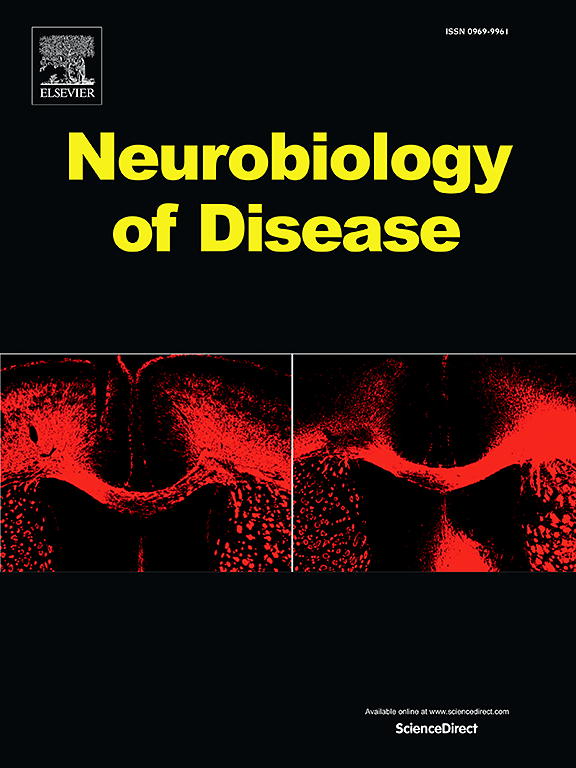Microglia TRPC1 SUMOylation drives neuroinflammation after stroke by modulating NLRP3 activity via increasing TRPC1 interaction with ARRB2
IF 5.1
2区 医学
Q1 NEUROSCIENCES
引用次数: 0
Abstract
Microglial canonical transient receptor potential channel 1 (TRPC1) has been proposed to influence neuroinflammation after cerebral ischemia and reperfusion injury (CIRI), however, the underlying mechanism remains poorly understood. This study demonstrates that TRPC1 is modified by small ubiquitin-related modifier (SUMO)ylation. Our findings suggest a notable increase in microglial TRPC1 SUMOylation within both the middle cerebral artery occlusion reperfusion (MCAO/R) model and the in vitro oxygen-glucose deprivation/regeneration model. Mice with a loss of TRPC1 SUMOylation in microglia exhibited improved stroke outcomes including reduced behavior deficits, infarct volume, blood brain barrier damage as well as neuronal apoptosis. Mechanistically, SUMOylation of microglial TRPC1 exacerbated neutrophil infiltration into the peri-infarct area. Additionally, SUMOylated TRPC1 activates the Nod-like receptor protein (NLRP) 3 signaling pathway in microglia and stimulates multiple CC-chemokine ligands and C-X-C motif ligand chemokines after MCAO/R. SUMOylated TRPC1 facilitates the interaction between TRPC1 and β-arrestin2 (ARRB2), a negative regulator of NLRP3 inflammasome, which disrupts the NLPR3/ARRB2 complex and stimulates the activation of the NLPR3 signaling pathway. Furthermore, ARRB2 directly binds to the residues 46 to 61 of TRPC1 N terminus, which is enhanced by TRPC1 SUMOylation. Collectively, our findings demonstrate a previously unidentified mechanism by which SUMOylated TRPC1 in microglia regulates leukocyte infiltration after stroke, suggesting that the inhibition of microglial TRPC1 SUMOylation may provide therapeutic benefits for CIRI.

求助全文
约1分钟内获得全文
求助全文
来源期刊

Neurobiology of Disease
医学-神经科学
CiteScore
11.20
自引率
3.30%
发文量
270
审稿时长
76 days
期刊介绍:
Neurobiology of Disease is a major international journal at the interface between basic and clinical neuroscience. The journal provides a forum for the publication of top quality research papers on: molecular and cellular definitions of disease mechanisms, the neural systems and underpinning behavioral disorders, the genetics of inherited neurological and psychiatric diseases, nervous system aging, and findings relevant to the development of new therapies.
 求助内容:
求助内容: 应助结果提醒方式:
应助结果提醒方式:


